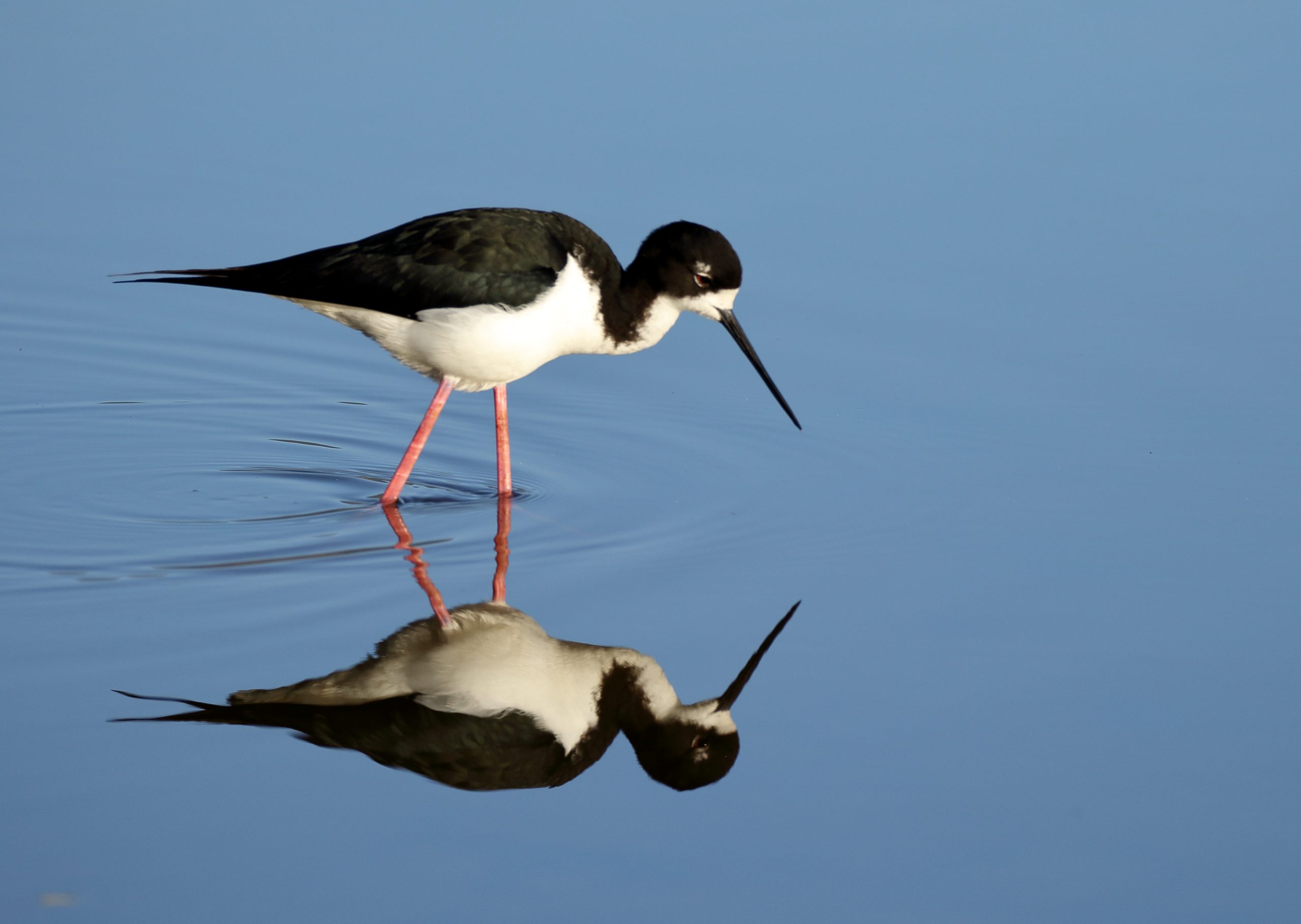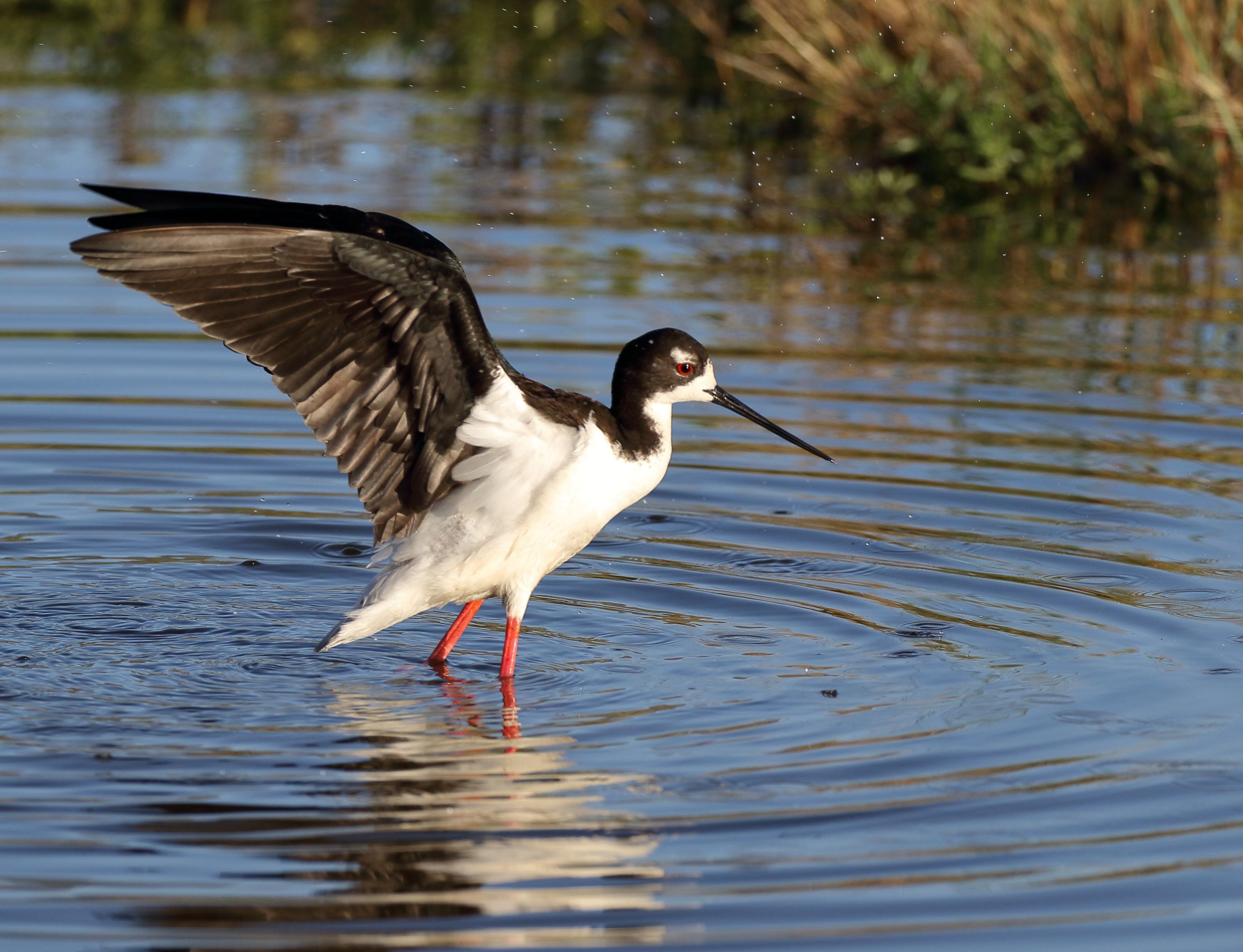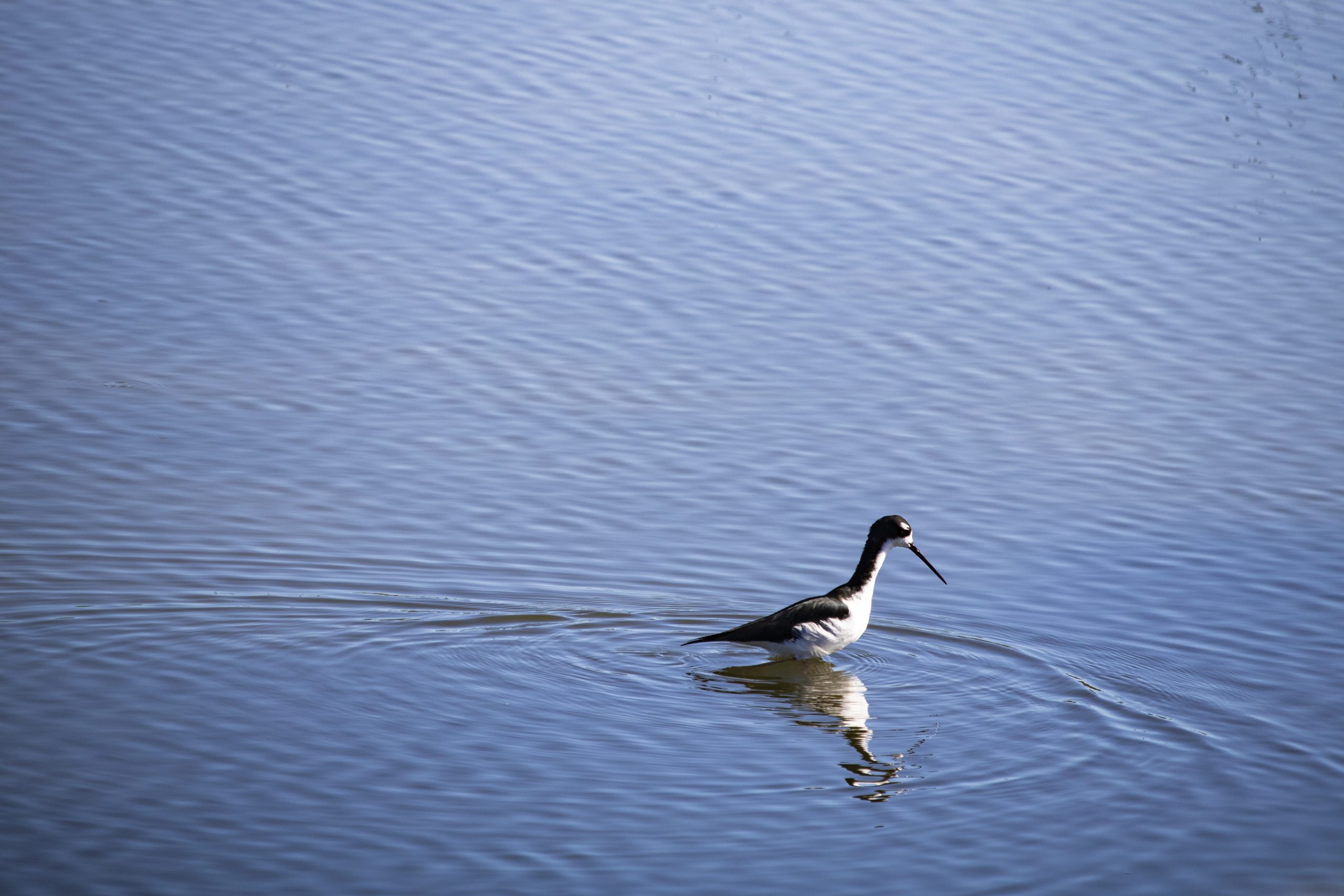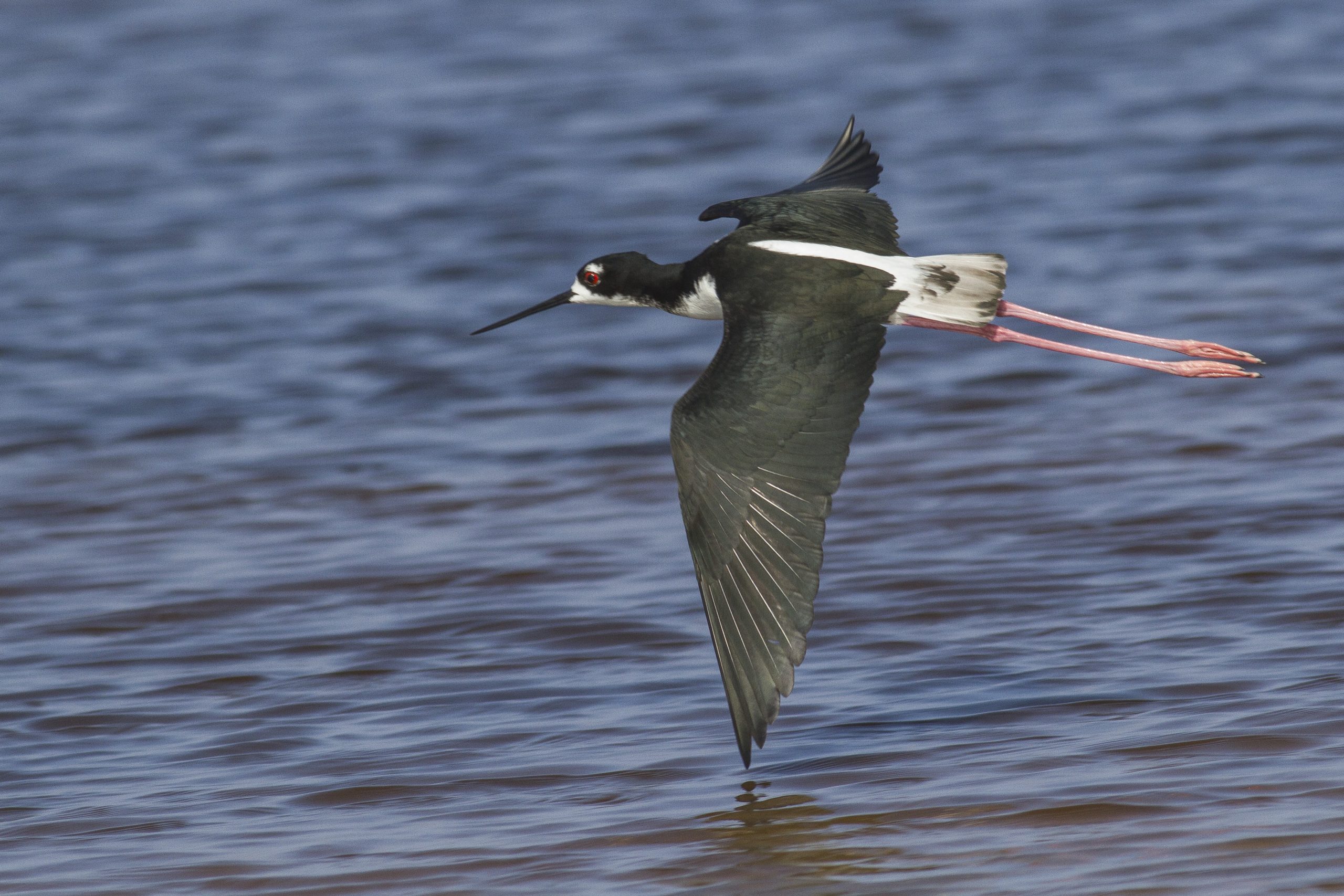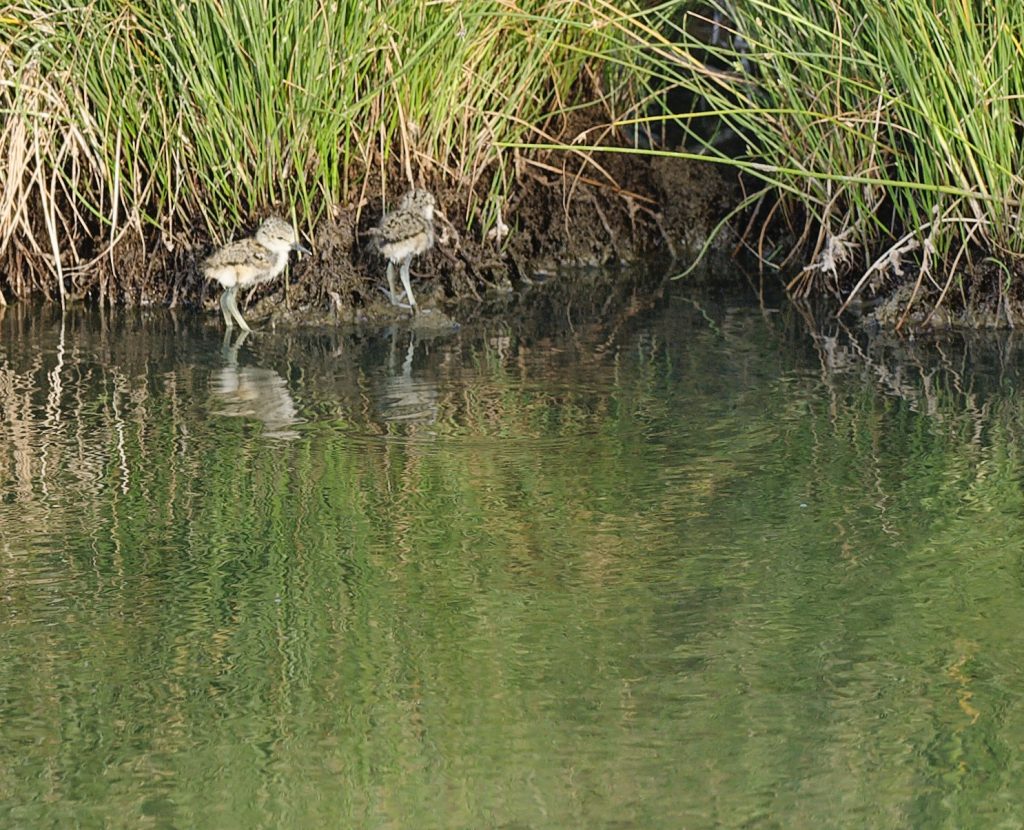Aeʻo

Names
- ʻŌlelo Hawaiʻi: Ae‘o
- Common: Hawaiian stilt
- Scientific: Himantopus mexicanus knudseni
Song
Conservation Status
- Federally Listed as Endangered
- State Listed as Endangered
- State Recognized as Indigenous
- NatureServe Heritage Rank G5 – Secure
- Recovery Plan for Hawaiian Waterbirds – USFWS 2011
Species Information
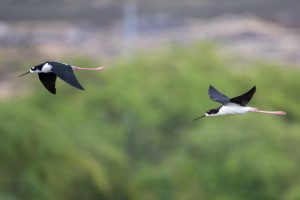
A pair of Aeʻo flying. PC: Alex Wang
The ae‘o or Hawaiian stilt is a slender, graceful waterbird (Family: Recurvirostridae) that is considered distinct from the North American subspecies, H. m. mexicanus. Adults are mostly black above and white below with a long, thin black bill and long, delicate pink legs. Foraging habitat consists of ephemeral freshwater, brackish water, or saltwater habitats. They are opportunistic and prey on a variety of animals that inhabit shallow water or mudflats, including polychaete worms, small crabs, insects, and small fish. Ae‘o frequently move among wetland habitats in search of food. Breeding and foraging habitats differ, and individuals move between the two daily. Nesting occurs on freshly exposed mudflats with some low-growing vegetation; individuals also will nest on islands in freshwater and brackish water ponds or artificial floating nest structures. They aggressively defend their nests, calling and diving at intruders and performing broken-wing displays to attract potential predators away from their nests. Nesting occurs between March and August and peaks in May and June. Generally, three to four eggs are laid, and the precocial chicks (born in a advanced stage) hatch approximately 24 days later. Both parents incubate eggs and brood young, and young birds remain with their parents for several months.
Distribution
The ae‘o generally is found in wetland habitats below 200 meters (660 feet) elevation on all the Main Hawaiian Islands except for Kaho‘olawe. On O‘ahu, most of the population can be found on the north and windward coast at Kahuku Point on the James Campbell National Wildlife Refuge, in Kahuku Point oyster ponds, in Amorient aquaculture ponds, and in Roland and Nu‘upia ponds in Kāne‘ohe.
Smaller numbers use wetland habitats associated with Pearl Harbor and the leeward coast. On Kaua‘i, the ae‘o is found in large river valleys, including Hanalei, Wailua, and Lumaha‘i valleys; on the Mānā Plains; and at reservoirs and sugarcane effluent ponds in Līhue and Waimea. Populations move annually between Kaua‘i and Ni‘ihau in response to water level changes in Ni‘ihau’s ephemeral lakes. On Maui, most ae‘o use the coastal wetlands of Kanahā and Keālia; smaller numbers use reservoirs and aquaculture habitats. On Moloka‘i, the southern coastal wetlands and playa lakes are important habitats. On Lāna‘i, a few ae‘o are permanent residents at the Lāna‘i City wastewater treatment ponds. On the island of Hawai‘i, the largest number of ae‘o are found on the Kona coast, especially in anchialine ponds, from Kawaihae Harbor south to Kailua. Other habitats include Makalawena and Aimakapā ponds; Cyanotech Ponds; the Kona wastewater treatment ponds; wetlands along the Hāmākua Coast; and the Kohala River valleys of Waipi‘o, Waimanu, and Pololū. Historically, ae‘o occurred on Ni‘ihau, Kaua‘i, O‘ahu, Maui, and Moloka‘i; there are no documented records of the species on the island of Hawai‘i prior to 1961. Interisland movements by ae‘o are suspected.
Habitat
Ae‘o use a variety of wetland habitats but have specific habitat requirements. Water depth and vegetation density are important determinants of foraging habitat suitability, and the species prefers sites with a water depth of less than 24 centimeters (9 inches). Preferred foraging habitats are early successional marshlands with shallow water and perennial low-growing vegetation or exposed tidal flats; other wetland habitats with similar characteristics also are used. Examples include freshwater habitats (ephemeral lakes, reservoirs, settling basins, natural or manmade ponds, and sugar settling basins), brackish water habitats (coastal ponds, silted fish ponds, and estuaries), and saltwater habitats (inshore reefs, silted beach areas, and tidal flats). Ephemeral lakes on Moloka‘i, Maui, and Ni‘ihau provide important habitats for ae‘o as do prawn farms and anchialine pools. Preferred nesting habitats are low-relief islands in bodies of fresh, brackish, or salt water and sites adjacent to these areas. Examples include reservoirs, settling basins, natural or manmade ponds, marshes, taro patches, silted fish ponds, salt evaporation pans, and other wetlands. Loafing areas are usually open mudflats or open flooded pasturelands where visibility is good and predator populations are low. Some important habitats are located in National Wildlife Refuges or on State lands and receive management attention with others remain unprotected. These mostly include wetlands facing development or those used for agriculture or aquaculture, such as playa lakes on Ni‘ihau; Opaeka‘a marsh; Lumaha‘i wetlands on Kaua‘i; Amorient prawn farms; Lā‘ie wetlands; Uko, Punaho‘olapa, and Waihe‘e marshes; Waialua lotus fields; Waipi‘o Peninsula ponds on O‘ahu; Paialoa and ‘Ō‘ō‘ia playa fish ponds on Moloka‘i; and Opae‘ula and Waiākea-Loko Waka ponds on the island of Hawai‘i.
Threats
Historically, the species was a popular game bird, and hunting contributed to population declines until its prohibition in 1939. Similar to the rest of the Hawaiian native waterbirds, ae‘o are threatened by:
- Habitat loss. In the last 110 years, approximately 31 percent of coastal plain wetlands have been lost. A shift in wetland agriculture to other agriculture crops also has reduced the amount of wetland habitats.
- Introduced and native predators. Adults and young are vulnerable to predation by dogs (Canis familiaris), rats (Rattus spp.), feral cats (Felis silvestris), the small Indian mongoose (Herpestes auropunctatus), cattle egrets (Bulbulcus ibis), barn owls (Tyto alba), and bullfrogs (Rana catesbeiana). They also are vulnerable to predation by pueo or Hawaiian shorteared owl (Asio flammeus sandwichensis) and ‘auku‘u or black-crowned night herons
(Nycticorax nycticorx hoactli). - Altered hydrology. Altering wetland habitats for flood control or to allow them to serve as municipal water sources makes them generally unsuitable for ae‘o.
- Nonnative invasive plants. Several species of invasive plants, including pickleweed (Batis maritime), water hyacinth (Eichornia crassipes), and mangrove (Rhizophora mangle) reduce open water, mudflats, or shallows.
- Avian diseases. Botulism outbreaks result in mortality. West Nile virus and avian flu may pose a risk to Hawaiian waterbirds if these diseases reach Hawai‘i.
- Environmental contaminants. Fuel and oil spills in wetlands result in toxicity and habitat degradation.
- Climate change. Sea level rise due to climate change may result in a loss of coastal wetland habitats used by Hawaiian waterbirds.
Explore from Home
Plans & Projects
- State of Hawaiʻi Biannual Waterbird Surveys
- Kawainui Marsh Wetland Restoration and Habitat Enhancement Plan
- Kawainui-Hāumākua Marsh Master Plan Final EIS
Additional Resources
For more information and references visit the DLNR State Wildlife Action Plan factsheets. DOFAWʻs species pages and State Wildlife Action Plan fact sheets are provided for general information and are not meant to be a citable, original source of data. If you are a student, researcher, or writer looking for a citable source, please explore the references below or find other original data sources, rather than citing these webpages. The references below were provided by the authors of the State Wildlife Action Plan fact sheets at the time of drafting:
- Robinson JA, Reed JM, Skorupa JP, Oring LW. 1999. Black-necked stilt (Himantopus mexicanus). In The Birds of North America, No. 449 (Poole A, Gill F, editors). Philadelphia, (PA): The Academy of Natural Sciences; and Washington DC: The American Ornithologists’ Union.
- U.S. Fish and Wildlife Service. 2010. Hawaiian stilt or Ae‘o (Himantopus mexicanus knudseni) 5-year review: summary and evaluation. U.S. Fish and Wildlife Service, Honolulu, HI.
- U.S. Fish and Wildlife Service. 2011. Recovery plan for Hawaiian waterbirds, Second Revision. U.S. Fish and Wildlife Service, Portland, OR.

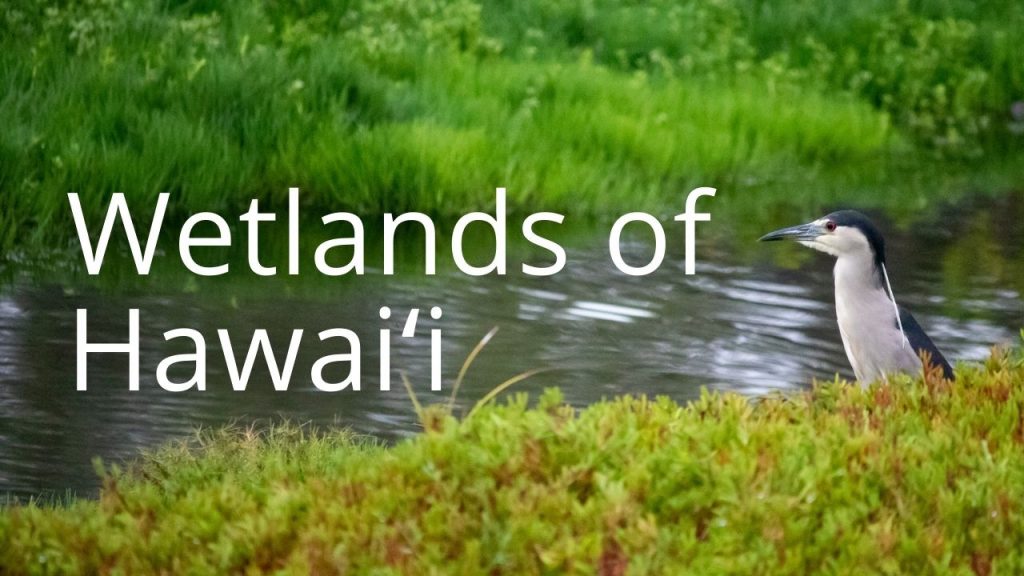 Wetlands of Hawaiʻi Story Map
Wetlands of Hawaiʻi Story Map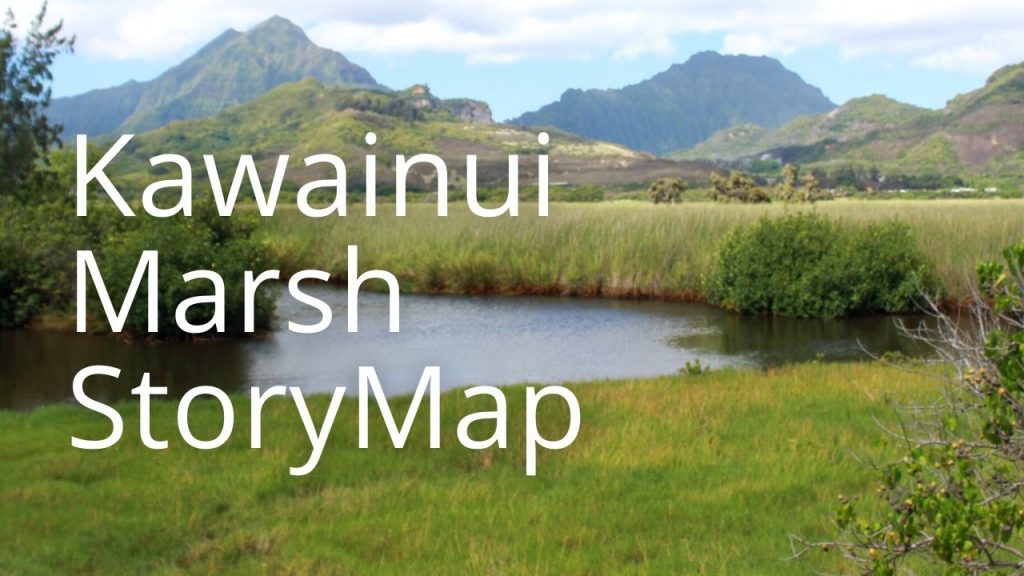 Kawainui Marsh Story Map
Kawainui Marsh Story Map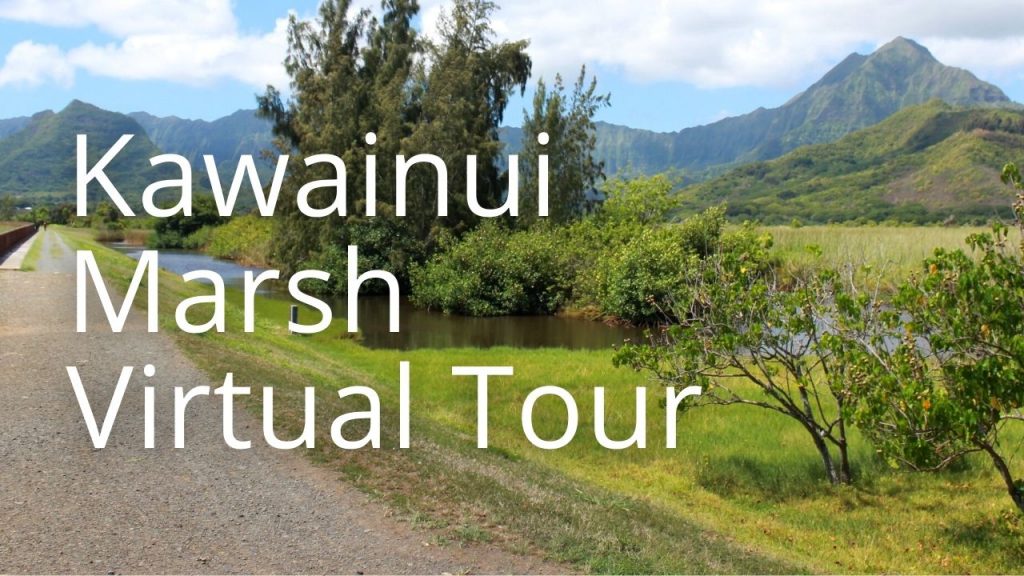 Kawainui Marsh Virtual Tour
Kawainui Marsh Virtual Tour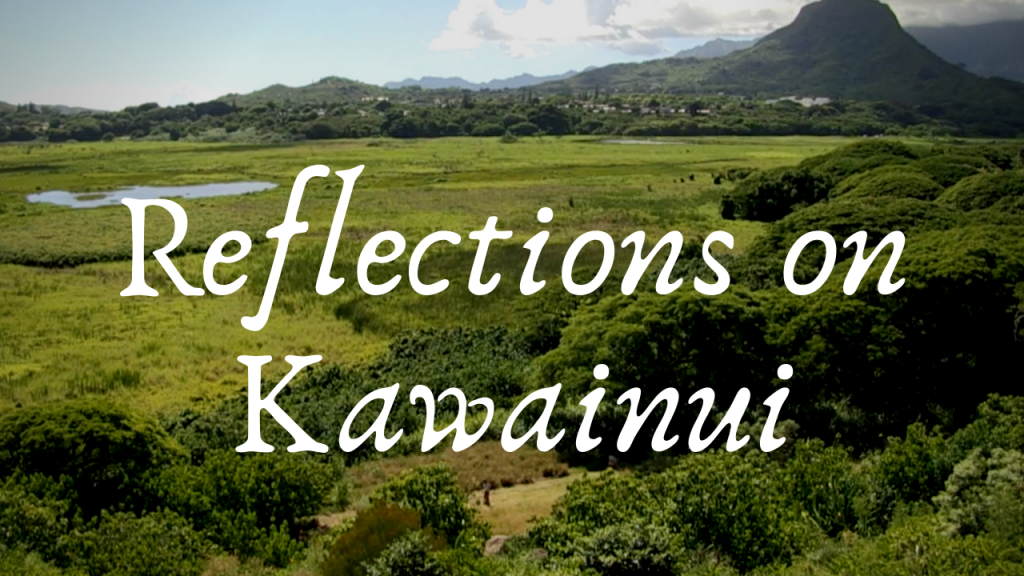 Reflections on Kawainui
Reflections on Kawainui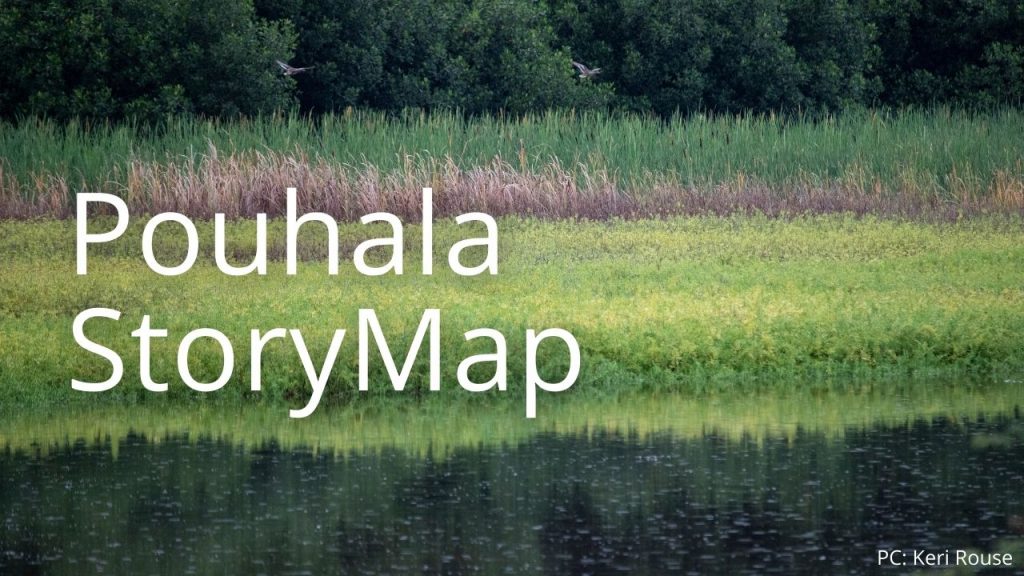 Pouhala Marsh Story Map
Pouhala Marsh Story Map Pouhala Marsh Virtual Tour
Pouhala Marsh Virtual Tour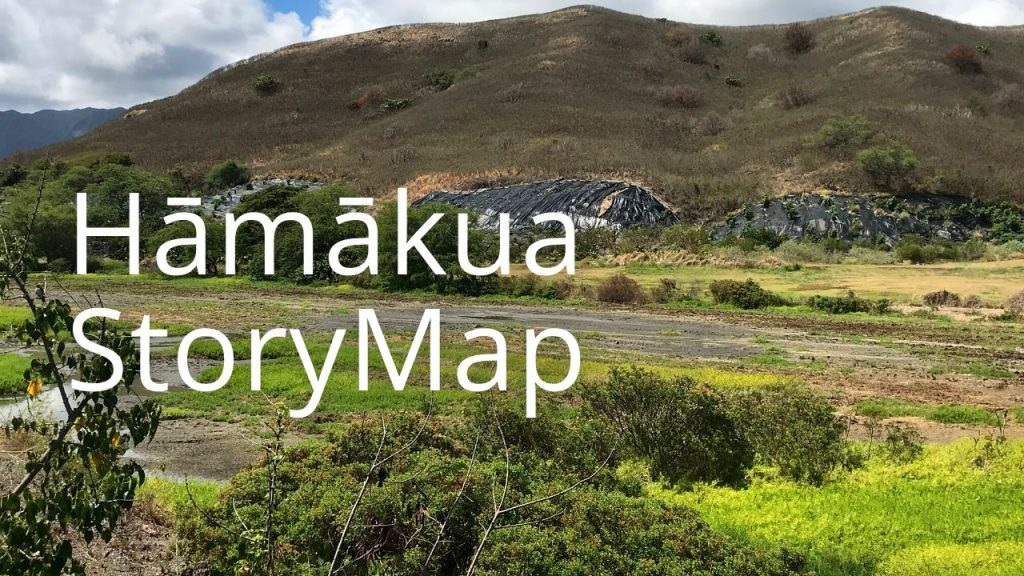 Hāmākua Marsh Story Map
Hāmākua Marsh Story Map Hāmākua Marsh Virtual Tour
Hāmākua Marsh Virtual Tour